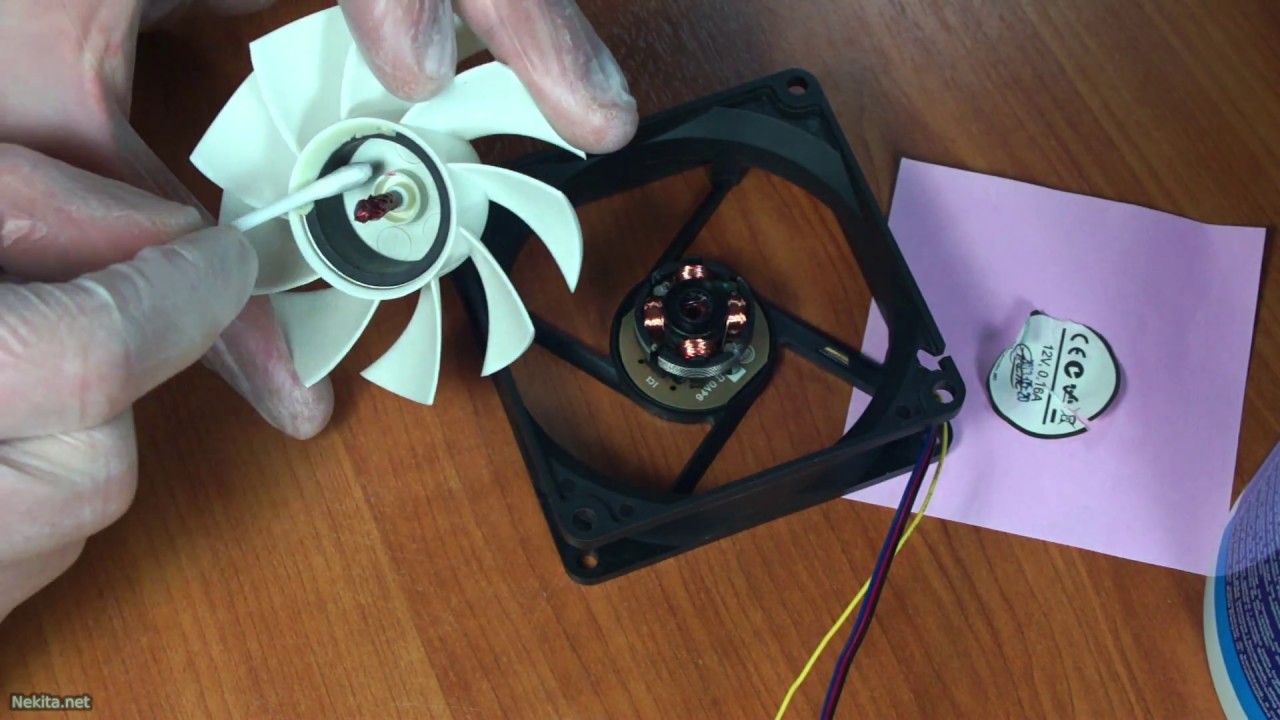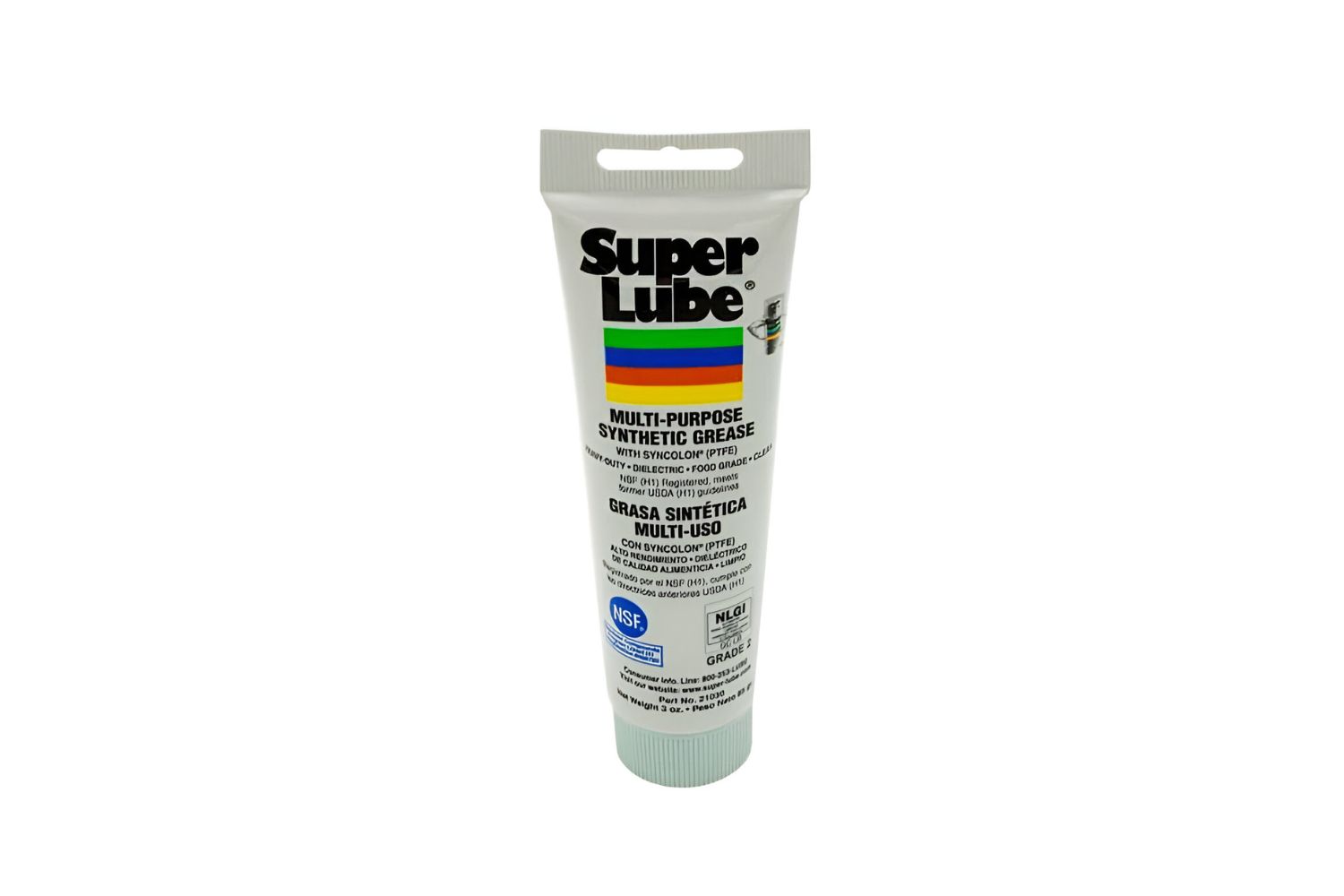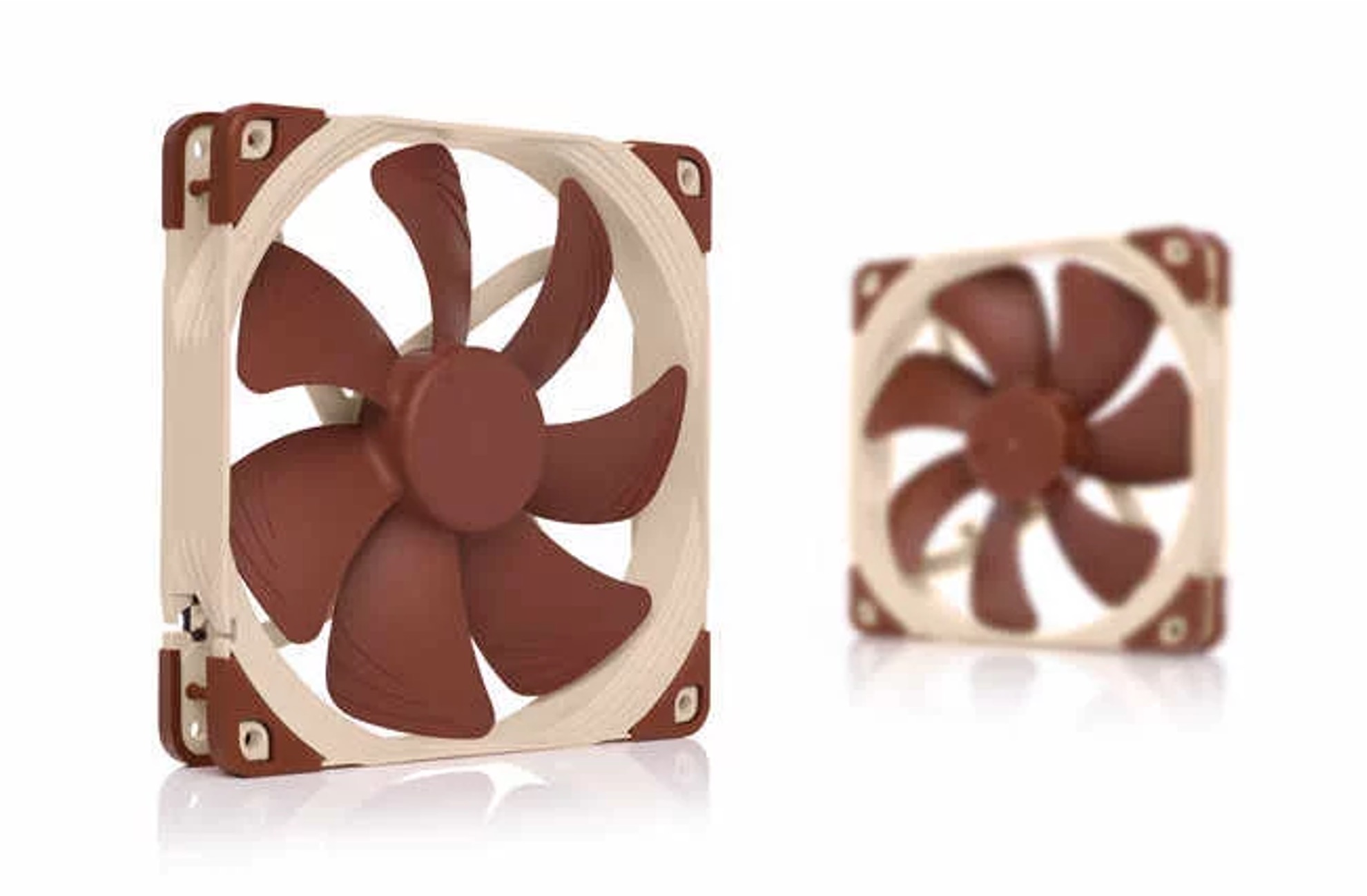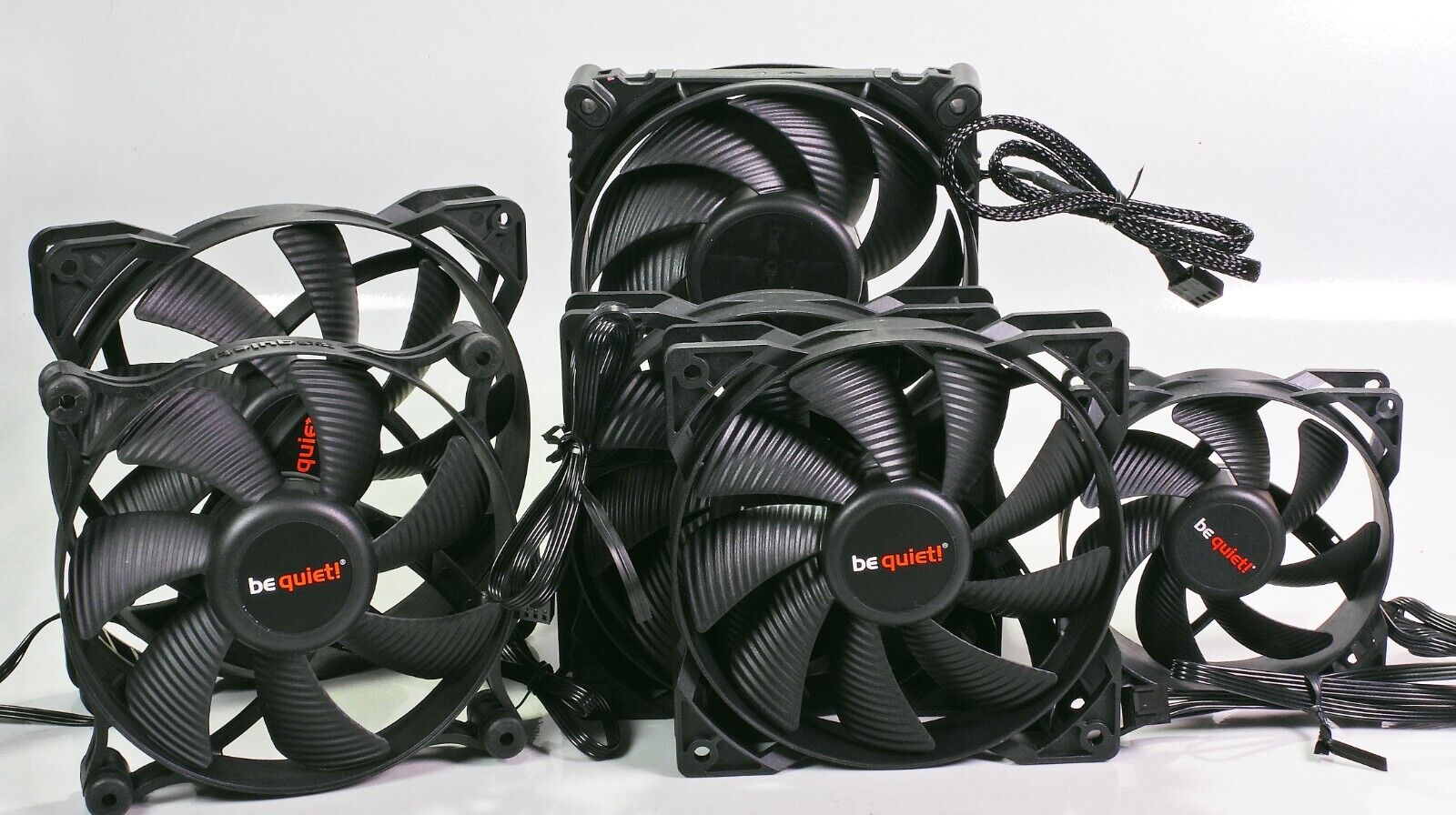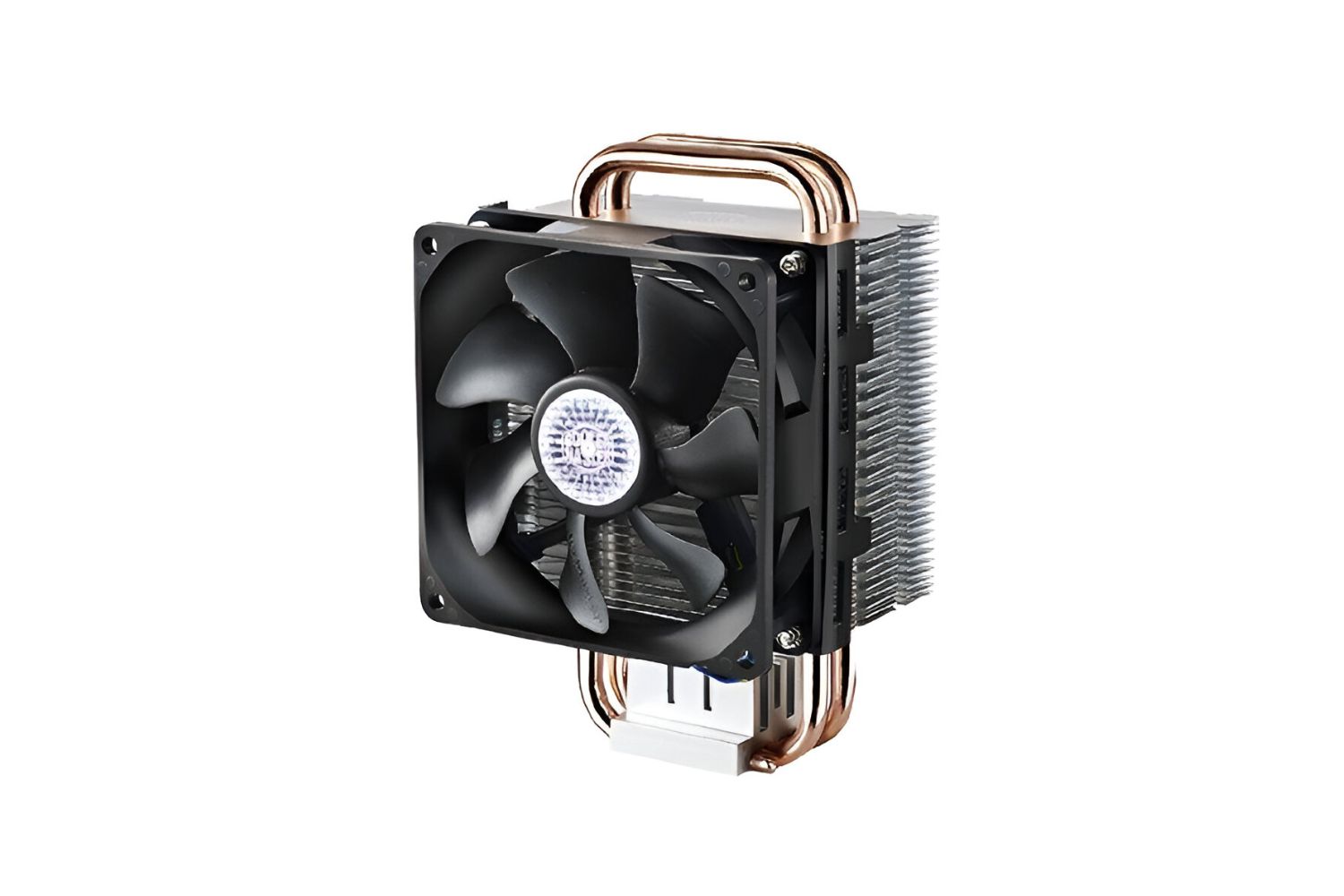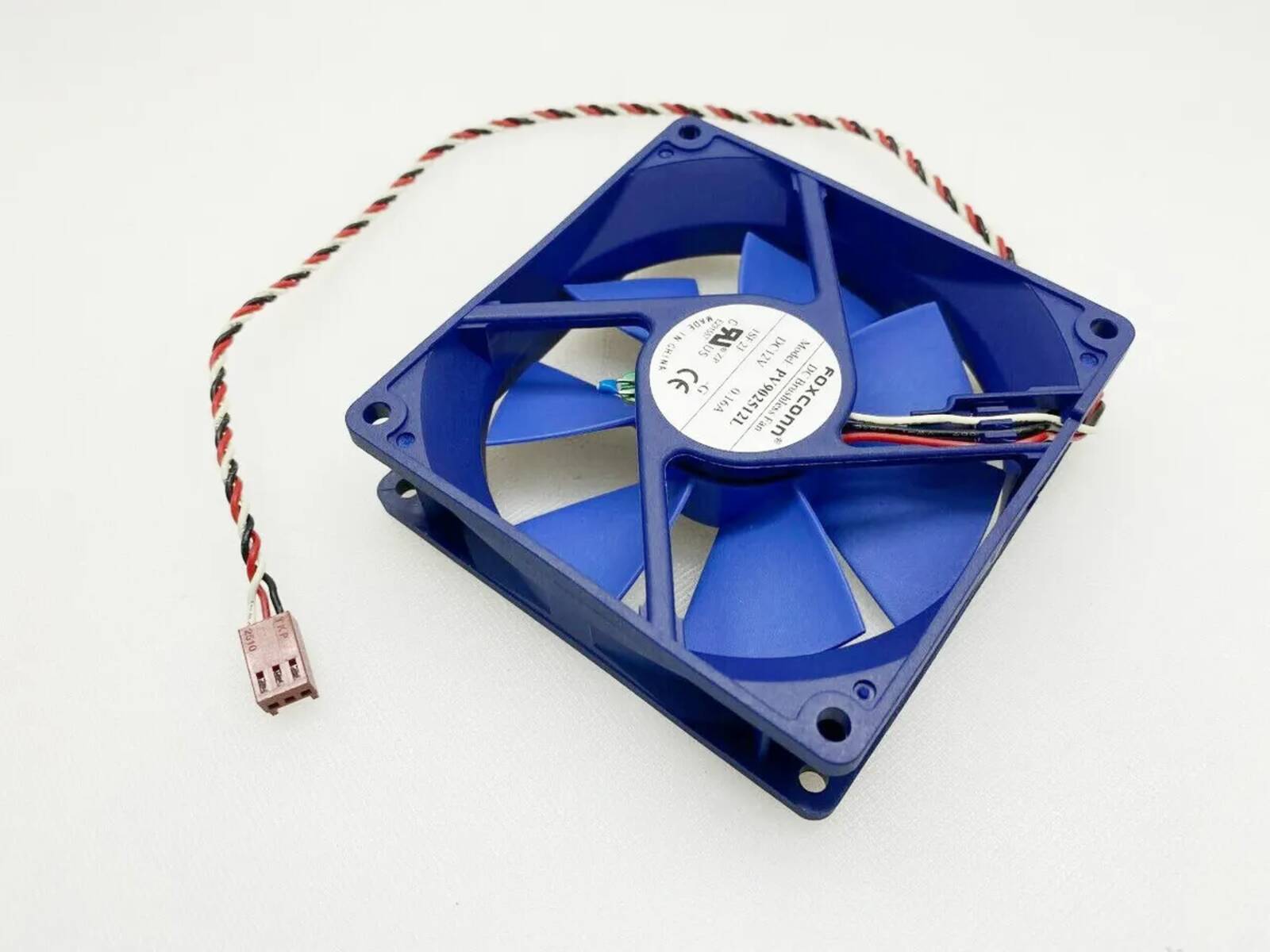Introduction
A sleeve bearing case fan is an essential component in maintaining the cooling system of a computer. These fans help dissipate heat generated by the CPU and other components, preventing overheating and ensuring the efficient operation of the system. However, over time, the sleeve bearing inside the fan can become dry, leading to increased friction and reduced performance. This can result in louder operation, decreased airflow, and even premature failure of the fan.
In order to keep the sleeve bearing case fan running smoothly and prolong its lifespan, regular lubrication is necessary. Lubricating the fan can help reduce friction, minimize noise, and optimize airflow. It is a relatively simple process that can be done by following a few easy steps.
In this guide, we will provide you with a step-by-step approach to lubricating your sleeve bearing case fan. We will cover the tools and materials you need, the proper technique to apply lubricant, and how to reinstall and test the fan afterwards. By following these instructions, you can ensure that your fan operates at its best, keeping your computer running cool and maintaining its overall performance.
Overview of Sleeve Bearing Case Fans
Sleeve bearing case fans are one of the most common types of cooling fans used in computer systems. They are known for their affordability and relatively quiet operation. These fans consist of a cylindrical sleeve that houses the fan shaft. The sleeve is made of a low-friction material such as bronze or oil-impregnated sintered steel, which allows for smooth rotation of the fan blades.
The sleeve bearing design provides effective cooling by circulating airflow within the computer case. As the fan rotates, it draws air in from the outside and pushes it towards the CPU and other components, removing heat and promoting efficient cooling. This helps prevent the system from overheating, which can lead to performance issues and even system failure.
While sleeve bearing case fans offer excellent cooling capabilities, they do require regular maintenance to ensure optimal performance. The sleeve bearing tends to lose its lubrication over time, causing increased friction and wear. This can result in a noisier fan operation, decreased airflow, and reduced cooling efficiency.
Fortunately, lubricating the sleeve bearing can help mitigate these issues and restore the fan’s performance. By applying a small amount of lubricant to the bearing, you can reduce friction, extend the fan’s lifespan, and maintain optimal airflow and cooling within your computer system.
It is important to note that not all case fans have sleeve bearings. Some higher-end fans may incorporate other bearing types, such as ball bearings or fluid dynamic bearings (FDB). These bearing technologies offer different advantages and may require different maintenance procedures. In this guide, we will specifically focus on lubricating sleeve bearing case fans.
Why Lubrication is Important for Sleeve Bearing Case Fans
Lubrication is crucial for sleeve bearing case fans in order to maintain their performance, extend their lifespan, and prevent potential issues. Here are a few reasons why lubrication is important:
- Reduces Friction: The sleeve bearing in the fan relies on a thin layer of lubricant to create a smooth interface between the fan shaft and the sleeve. Over time, this lubricant can dry out or become depleted, leading to increased friction. Lubricating the fan helps replenish the lubricant, reducing friction and allowing the fan to rotate more smoothly.
- Minimizes Noise: When the sleeve bearing becomes dry, it can cause the fan to produce unwanted noise. The increased friction between the shaft and the sleeve can result in a grinding or whining sound. By lubricating the fan, you can effectively reduce the friction and mitigate the noise, resulting in quieter operation.
- Optimizes Airflow: A properly lubricated sleeve bearing allows the fan blades to rotate freely. This ensures that the fan can generate sufficient airflow to cool the components inside the computer case. Without proper lubrication, the fan may experience resistance, leading to decreased airflow and potentially inadequate cooling.
- Prevents Premature Failure: Excessive friction caused by a lack of lubrication can accelerate the wear and tear of the sleeve bearing. Over time, this can lead to premature failure of the fan. By regularly lubricating the sleeve bearing, you can prolong the fan’s lifespan, avoiding the need for costly replacements.
It is important to note that over-lubrication can also cause issues. Applying too much lubricant can lead to accumulation inside the fan, attracting dust and debris, which can impede its performance and potentially damage the fan. Therefore, it is crucial to apply the appropriate amount of lubricant as specified in the fan manufacturer’s guidelines or recommendations.
Regular maintenance and lubrication of sleeve bearing case fans can significantly improve their performance and reliability. By taking the time to lubricate your fans, you can ensure their smooth operation and maximize the lifespan of these crucial components in your computer system.
What You Will Need
Before you can lubricate your sleeve bearing case fan, it is important to gather the necessary tools and materials. Here is a list of what you will need:
- Lubricant: The first and most important item you will need is a suitable lubricant for sleeve bearing fans. It is recommended to use a high-quality, lightweight machine oil or a dedicated fan lubricant. Avoid using heavy oils or greases, as they can cause excessive friction or may not properly penetrate the sleeve bearing.
- Screwdriver: Depending on the type of fan and computer case, you may need a screwdriver to remove the fan from the case. Determine the appropriate type and size of screwdriver required for your specific fan and have it on hand.
- Cotton Swabs or Clean Cloth: To apply the lubricant, you will need a clean and lint-free tool such as cotton swabs or a soft, clean cloth. These will help ensure that you can accurately apply the lubricant to the sleeve bearing without introducing any contaminants.
- Isopropyl Alcohol: It is advisable to have isopropyl alcohol available to clean the fan and remove any dirt or debris that may have accumulated on the fan blades or in the sleeve bearing. This will help ensure that the lubrication process is done on a clean surface.
- Anti-static Wrist Strap (Optional): If you have an anti-static wrist strap, it is recommended to use it to prevent any electrostatic discharge (ESD) that could potentially damage sensitive electronic components during the fan removal or installation process.
- Work Surface: Find a suitable work surface where you can comfortably and safely perform the fan maintenance. It is essential to have enough space to lay out any tools, materials, and the fan itself.
By having these tools and materials ready, you can ensure a smooth and efficient process when it comes time to lubricate your sleeve bearing case fan.
Step 1: Preparation
Before you begin the process of lubricating your sleeve bearing case fan, it is important to take some necessary precautions and prepare the work area. Follow these steps to ensure a smooth and successful maintenance process:
- Shutdown and Unplug Your Computer: Start by shutting down your computer and disconnecting it from any power source. This will ensure your safety and prevent any accidental damage to the computer or fan during the maintenance process.
- Ground Yourself: While handling sensitive computer components, it is recommended to ground yourself to avoid any static electricity discharge that could potentially damage the components. You can do this by using an anti-static wrist strap or by touching a grounded metal object before starting the maintenance process.
- Choose a Suitable Work Area: Find a clean, flat, and well-lit area to work on. A clutter-free workspace will allow you to lay out your tools and materials conveniently and minimize the risk of misplacing any small parts.
- Gather the Required Tools and Materials: Ensure that you have all the necessary items mentioned in the “What You Will Need” section. Having everything within reach will save you time and make the process more efficient.
- Clean the Work Area: Clear any dust or debris from your work area to prevent contamination during the fan maintenance. A clean workspace will ensure that no foreign particles get into the fan bearings during the lubrication process.
- Review the Fan and Case Manual (Optional): If available, review the fan and computer case manuals to familiarize yourself with any specific instructions or precautions for fan removal or installation. This step is optional, but it can provide additional guidance and help you avoid any potential issues.
By performing these preparatory steps, you will ensure that you have a safe and organized environment to carry out the maintenance process. With everything in place, you can proceed to the next step of removing the fan from the case.
Step 2: Removing the Fan from the Case
Once you have completed the preparation stage, you can proceed to remove the sleeve bearing case fan from your computer case. Follow these steps to safely remove the fan:
- Locate the Fan: Identify the sleeve bearing case fan inside your computer case. It is typically located at the front or rear panel.
- Power Cable Disconnection: Disconnect the power cable that is connected to the fan. Gently pull on the connector to detach it from the motherboard or fan controller.
- Mounting Screws Removal: Most sleeve bearing case fans are secured to the case using screws. Use a suitable screwdriver to remove the screws that hold the fan in place. Keep the screws in a safe place for reinstallation later.
- Extract the Fan: Carefully remove the fan from the case. Be cautious not to damage any internal components or cables during the process. If you encounter any resistance, double-check for any missed screws or clips holding the fan in place.
- Place the Fan on a Static-Free Surface: Once the fan is removed, place it on a static-free surface, such as an anti-static mat or a clean cardboard box. This will help prevent any electrostatic discharge that could potentially damage the fan.
By following these steps, you can safely and effectively remove the sleeve bearing case fan from your computer case. This will allow you to access the fan’s sleeve bearing and proceed with the lubrication process in the following steps.
Step 3: Identifying the Sleeve Bearing
Before proceeding with the lubrication process, it is crucial to correctly identify the sleeve bearing within the sleeve bearing case fan. This step will ensure that you apply the lubricant to the appropriate area. Follow these steps to identify the sleeve bearing:
- Inspect the Fan: Take a close look at the inside of the fan and locate the area where the fan shaft extends into the sleeve. This is where the sleeve bearing is located.
- Observe the Bearing Type: Sleeve bearings typically have a cylindrical shape and are made of a low-friction material like bronze or oil-impregnated sintered steel. They may have a slightly darker color or a different texture compared to other parts of the fan.
- Confirm with Manufacturer Documentation: If you have access to the fan’s manufacturer documentation or specifications, refer to them to confirm that the fan utilizes sleeve bearings. This information can provide additional assurance about the bearing type.
- Identify Sleeve Bearing Markings: Some fans may have markings or labels on the fan itself that indicate the presence of a sleeve bearing. Look for any text or symbols that suggest the usage of sleeve bearings.
By carefully inspecting the fan and confirming its bearing type, you can confidently proceed with the lubrication process. It is essential to accurately identify the sleeve bearing to ensure that the lubricant is applied to the correct area, allowing for improved fan performance and longevity.
Step 4: Applying Lubricant
Once you have identified the sleeve bearing, it is time to apply the lubricant to ensure smooth operation and optimal performance. Follow these steps to apply the lubricant to your sleeve bearing case fan:
- Prep the Work Area: Ensure your work area is clean and free of any dust or debris that could potentially contaminate the fan or the lubricant.
- Clean the Fan: If there is any visible dust or dirt on the fan blades or the sleeve bearing, use a soft cloth or a cotton swab lightly dampened with isopropyl alcohol to gently clean the surfaces. Make sure to dry the fan completely before proceeding.
- Apply a Small Amount of Lubricant: Using a cotton swab or a clean cloth, apply a small amount of lubricant to the sleeve bearing. Be cautious not to over-apply, as excessive lubricant can lead to accumulation and attract dust and debris over time.
- Rotate the Fan Blades: After applying the lubricant, gently rotate the fan blades a few times by hand. This will help distribute the lubricant throughout the bearing and ensure even coverage.
- Wipe Off Excess Lubricant: Using a clean cloth or a dry cotton swab, carefully wipe off any excess lubricant from the fan. The lubricant should be applied only to the sleeve bearing and not on the fan blades.
Remember, it is crucial to apply the appropriate amount of lubricant as specified by the fan manufacturer’s guidelines. Applying too much lubricant can cause accumulation and potentially lead to issues, while too little lubricant may not provide the desired improvements in fan performance.
By following these steps and properly applying the lubricant to the sleeve bearing, you can rejuvenate the fan’s performance and ensure smooth and efficient operation.
Step 5: Reinstalling the Fan
After applying the lubricant to the sleeve bearing, it’s time to reinstall the fan back into your computer case. Follow these steps to safely and securely reinstall the sleeve bearing case fan:
- Position the Fan: Carefully position the fan back into its original location in the computer case. Ensure that it aligns properly with the mounting holes and the cables are clear of any obstructions.
- Insert and Secure Mounting Screws: Align the mounting holes of the fan with the corresponding holes in the case. Insert the screws you removed earlier and tighten them gently. Be sure not to over-tighten, as this could damage the fan or the case threads.
- Connect the Power Cable: Reconnect the power cable to the fan. Make sure the connector is properly aligned and snugly inserted into the appropriate port on the motherboard or fan controller.
- Double-check Connections: Before closing the computer case, double-check that all cables and connections are properly secured and in their correct positions. This will help avoid any potential issues or malfunctions.
- Close the Computer Case: Carefully close the computer case and fasten any screws or latches to secure it in place. Ensure that the case is properly sealed to avoid dust and debris from entering the system.
By following these steps, you can safely reinstall the sleeve bearing case fan back into your computer case. This will allow the fan to resume its cooling function and maintain optimal airflow for efficient system performance.
Step 6: Testing the Fan
Once you have reinstalled the sleeve bearing case fan, it is essential to test its operation to ensure that the lubrication process was successful. Follow these steps to test the fan:
- Power On the Computer: Plug in your computer and power it on. Allow the system to boot up fully.
- Monitor Fan Functionality: Observe the fan while the computer is running. Pay attention to the fan’s speed, noise level, and airflow. Note any improvements compared to its previous performance.
- Listen for Noise: Listen for any abnormal sounds or excessive noise coming from the fan. The lubrication process should have reduced any grinding or whining noises caused by friction in the sleeve bearing.
- Check Airflow: Place your hand near the fan and feel for the airflow. Ensure that the fan is generating sufficient airflow to cool the components inside the computer case.
- Monitor System Temperature: Keep an eye on the temperature of your computer system using appropriate software or monitoring tools. Ensure that the fan is effectively cooling the components and maintaining a stable temperature.
- Perform Additional Tests (Optional): If desired, you can run stress tests or demanding applications to put the fan under a higher load and assess its performance. This can help ensure that the fan operates effectively even in more demanding scenarios.
By thoroughly testing the fan, you can verify that the lubrication process has improved its performance and minimized any issues with noise or airflow. If you notice any continuing problems, it may be necessary to repeat the lubrication process or consider replacing the fan if it is still underperforming.
Remember, regular maintenance and periodic lubrication are essential to keep your sleeve bearing case fan in optimal condition and ensure the efficient cooling of your computer system.
Conclusion
Proper maintenance and lubrication of sleeve bearing case fans are essential for maintaining optimal performance and prolonging their lifespan. By following the step-by-step process outlined in this guide, you can effectively lubricate your sleeve bearing case fan and ensure smooth and efficient operation.
Starting with the preparation stage, where you gather all necessary tools and materials and create a suitable work area, you lay the foundation for a successful maintenance process. By removing the fan from the case and identifying the sleeve bearing, you can pinpoint the exact area where lubrication is needed.
Applying the appropriate amount of lubricant to the sleeve bearing and gently rotating the fan blades ensures even distribution and optimal performance. Reinstalling the fan back into your computer case and testing its operation allows you to confirm the effectiveness of the lubrication process.
Remember, regular maintenance is important to keep your fan in top shape. While lubricating your sleeve bearing case fan can significantly improve its performance, it is also crucial to monitor it periodically and repeat the lubrication process as necessary.
By properly maintaining and lubricating your sleeve bearing case fan, you can enjoy quieter operation, increased airflow, and extended lifespan. Taking care of these essential cooling components will help keep your computer running smoothly and prevent overheating, ensuring the continued performance and longevity of your system.







